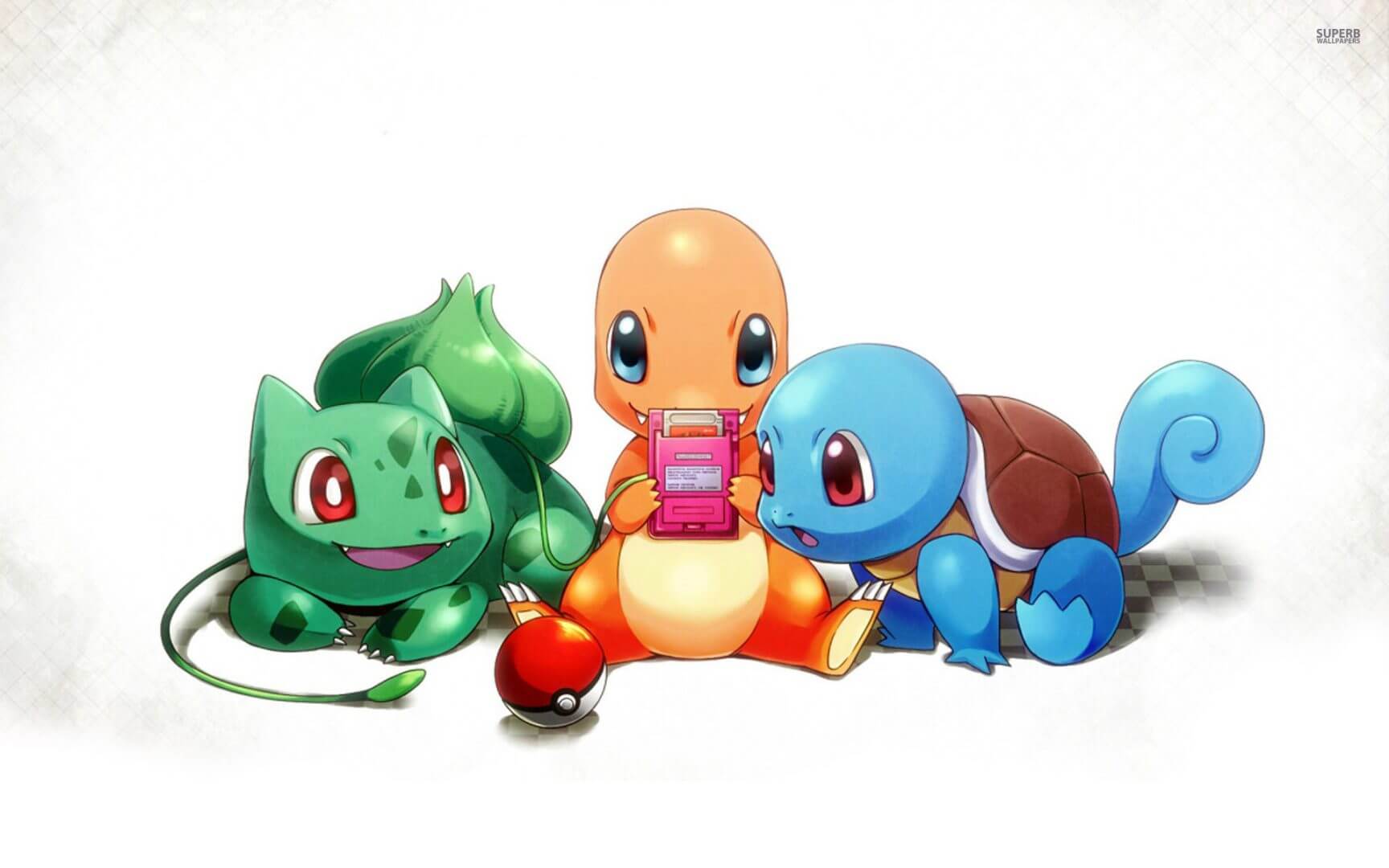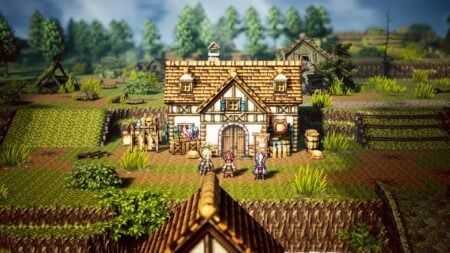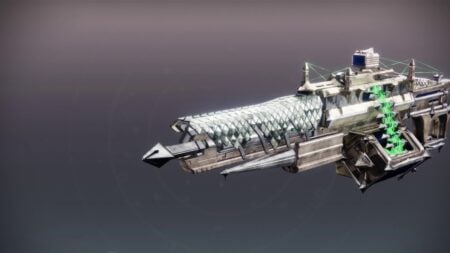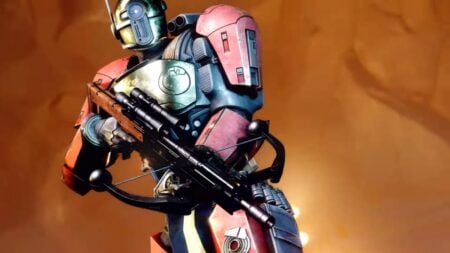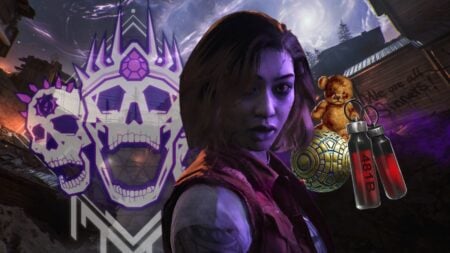Pokémon is not a series known for reinventing itself. The basis for the franchise was laid in 1996 and while it has seen incremental changes over the years, nothing has really changed all that much. You still step into the shoes of a young trainer, get a Pokémon from a wacky professor, and embark on a journey to defeat eight gym leaders and ultimately catch ‘em all.
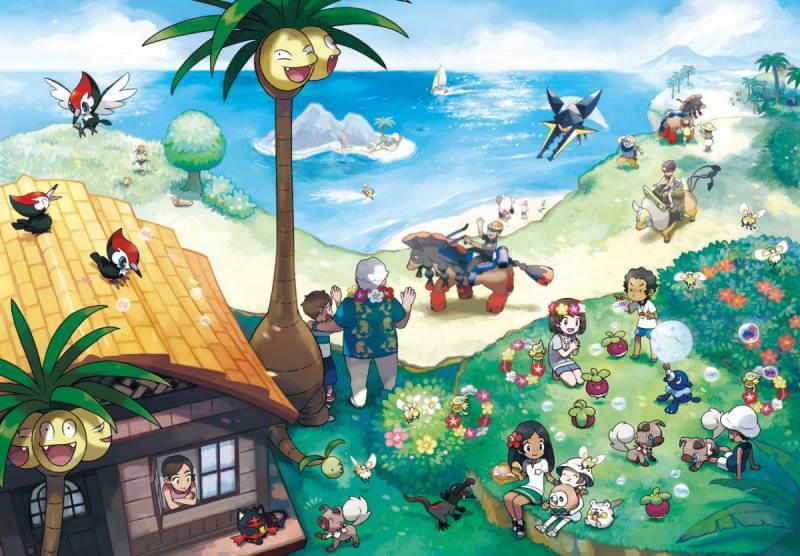
This base is so strong that there was never any real reason to radically reinvent it. I’ve played every generation that has come out thus far, reaching the Elite Four in each iteration. When Pokémon Sun and Moon were originally announced I was a little skeptical. The magic that the series has always held for me had slowly waned over the past couple of years.
Don’t get me wrong, I’ve been patiently waiting for something the series to draw me in the way it did when I was a kid. I would wake up early on weekends, fumble for my Gameboy Advanced SP, boot up Pokémon Emerald, and wander around Hoenn until the rest of my family eventually woke up. I repeated this ritual for Diamond and Pearl but Black and White just couldn’t captivate me in the same way. When X and Y released in 2013 I tore through the game, watching the credits roll within two days of sliding the cartridge into my 3DS. But all of this is to say that Sun and Moon appear to be doing things that will reinvigorate my love for the series.
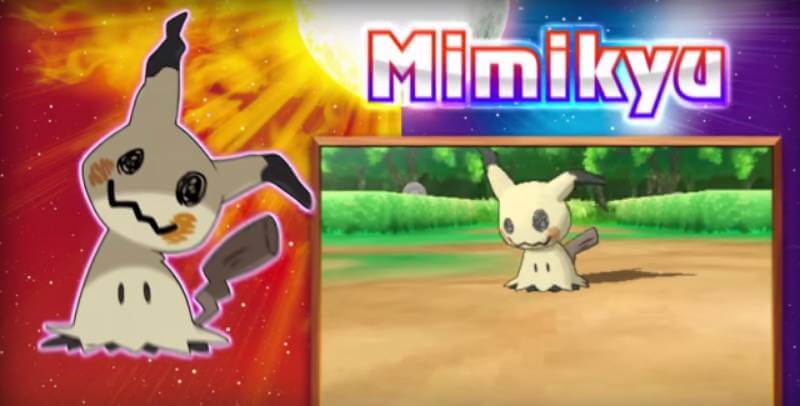
The biggest change that is still somewhat in the air is the structure of the game. Traditionally, Pokémon has featured eight gyms, each guarded by a leader who constructs a team based on a specific Pokémon type. These leaders essentially act as the bosses of the games, testing your skills and mastery of the game’s systems and mechanics.
While these tests of skill will still exist, it looks like Game Freak is switching things up. Across the various islands of the Alola regions, there are trials. From what we’ve seen these range from fighting wild Pokémon to exploring dangerous locales and restoring the disrupted balance of nature. Each trial culminates in a battle with a Totem Pokémon. These stronger pocket monsters will be quite a bit tougher than the foes you stumble upon in the tall grass. You’ll then take on the masters of each island, known as the kahunas.

When you really sit down and look at it, the game will still progress largely the same. But even this illusion of change is tantalizing. There’ll be more to do and see between the big battles, hopefully telling a more coherent narrative and developing the world in ways that past games have failed to.
The first Pokémon game with a real semblance of a story, at least for me, was Black and White. Previous titles just had simple plots revolving around the defeat of a nefarious organization hell-bent on conquering every man, women, child and Pokémon under the sun. But the introduction of N and his deep connection with his Pokémon and his journey to realize his own potential was filled with poignant moments and multilayered characters. X and Y attempted to repeat this with Lysandre and his dream of creating a beautiful world, but it ultimately fell flat.
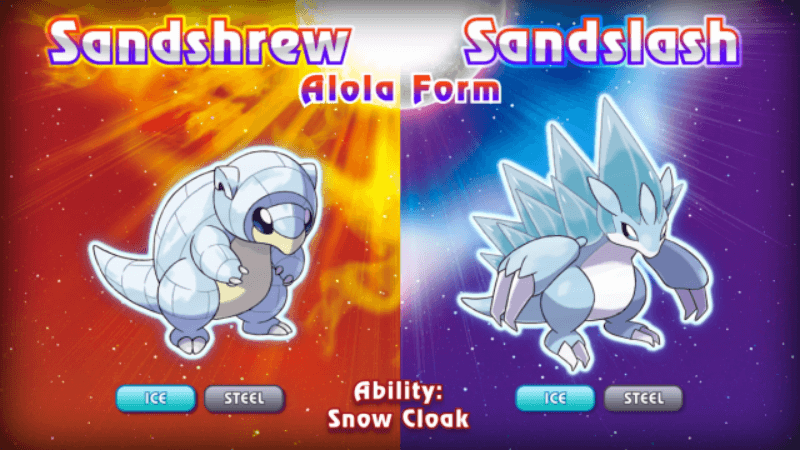
And every tease we’ve gotten of Sun and Moon’s villains and the story looks promising, hinting at clashing philosophies, street thugs, and altruistic companies. The series is growing, tackling more mature subject manner and really delving into what a world filled with fire spewing beasts and beings that can literally control the ebb and flow of time would be like.
The world of Pokémon is simultaneously fascinating and terrifying, and looking into this makes for some great stories. But this comes with its own challenges. The audience that typically plays Pokémon ranges from young kids to 30-year-olds that grew up with the franchise and hop back in at every opportunity for a healthy dose of nostalgia. For context, I’m 20 and have been playing the games since I was eight or nine. I like seeing how the series evolves and morphs, adding new creatures and wrinkles to the gameplay. But younger players are usually just interested in collecting as many Pokémon as possible, tearing through the eight gyms, being crowned champion of the Elite Four, and completing every page of the Pokédex.
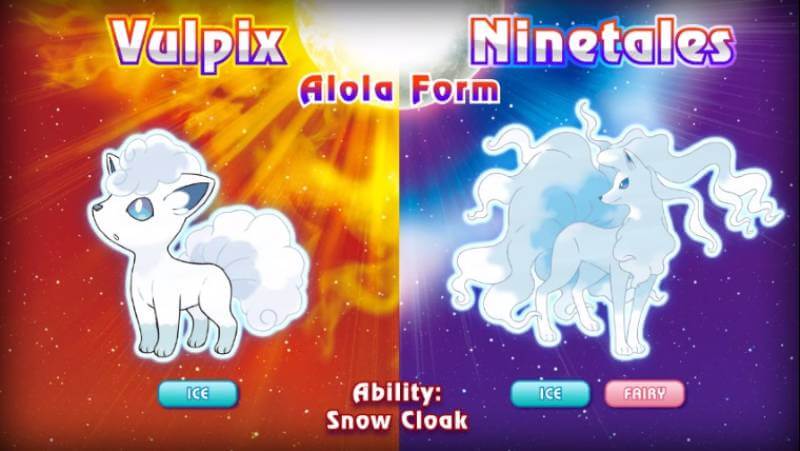
So as much as I want the series to mature, I know that, at some point, it doesn’t change in order to not alienate a large portion of its user base. For comparison, Yo-Kai Watch tried to create a more approachable monster collecting game, but the combat was boring and almost played itself. Making this type of game easier would take away a lot of the fun. And making it more complicated than it already is – and if you’ve ever seen competitive Pokémon then you know that it’s already fairly complicated – would just raise the bar of entry too high.
But Sun and Moon are doing something that will draw in new and older players. These are the new Alola forms. The first generation of Pokémon is getting new typings and designs, changing the way you’ll use them in battle and how they’ll fit into your team composition. Rattata has long been one of the most common Pokemon rustling through the tall grass. The tiny purple rat has always been a normal type, making it easy to slot it into any team. But now it’s a dark/normal type, making him more than just your standard fodder type.
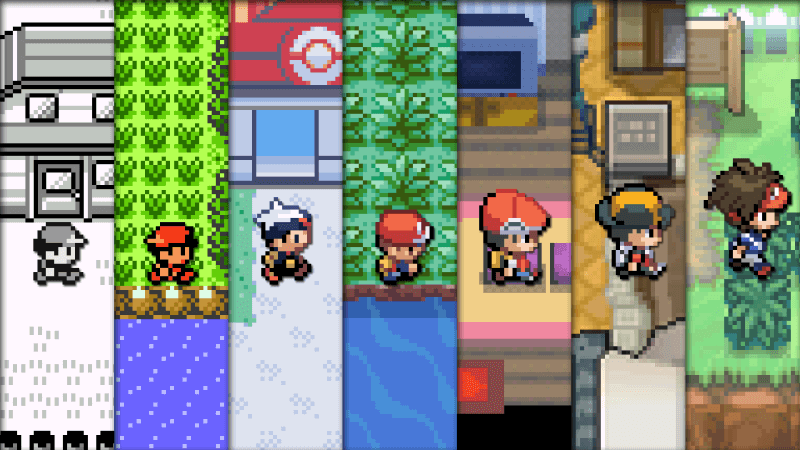
Vulpix and Ninetails are now ice types, as are Sandshrew and Sandslash. These new changes to classic characters will add a new layer to proceedings. A handful of new forms have been revealed and if more and more Pokémon from the series’ past six generations receive more forms than everything will seem fresh and new. And this has been Pokémon’s biggest problem.
I’m incredibly excited to see what Sun and Moon have to offer when I can finally get my hands on them in November. There is no dearth of information and all of it is looking promising. Nintendo and Game Freak are taking the series in a slightly new direction, ensuring that this incredibly popular franchise doesn’t get stale. It’s already reinvigorating my love of the series, and that in itself is incredibly exciting.

